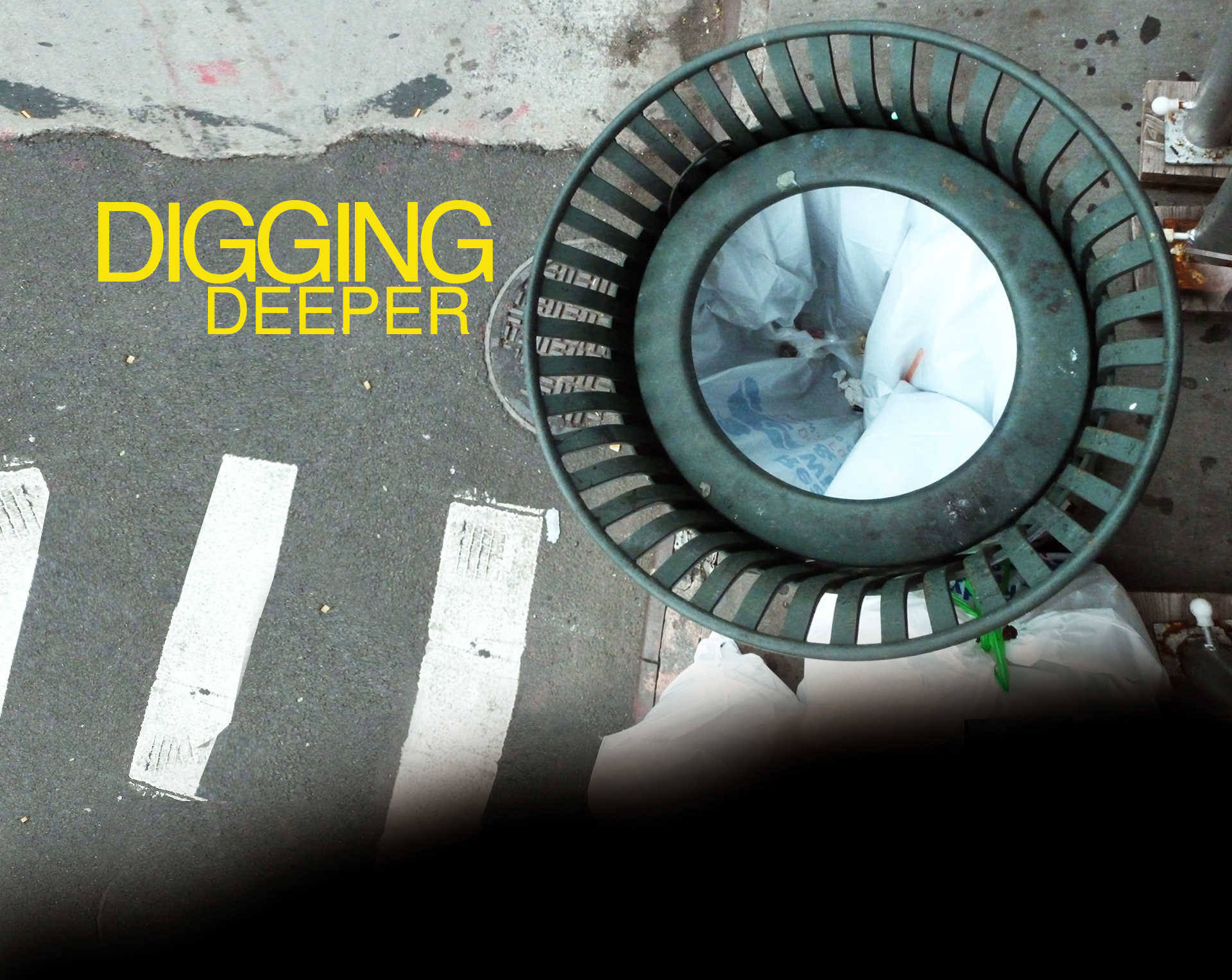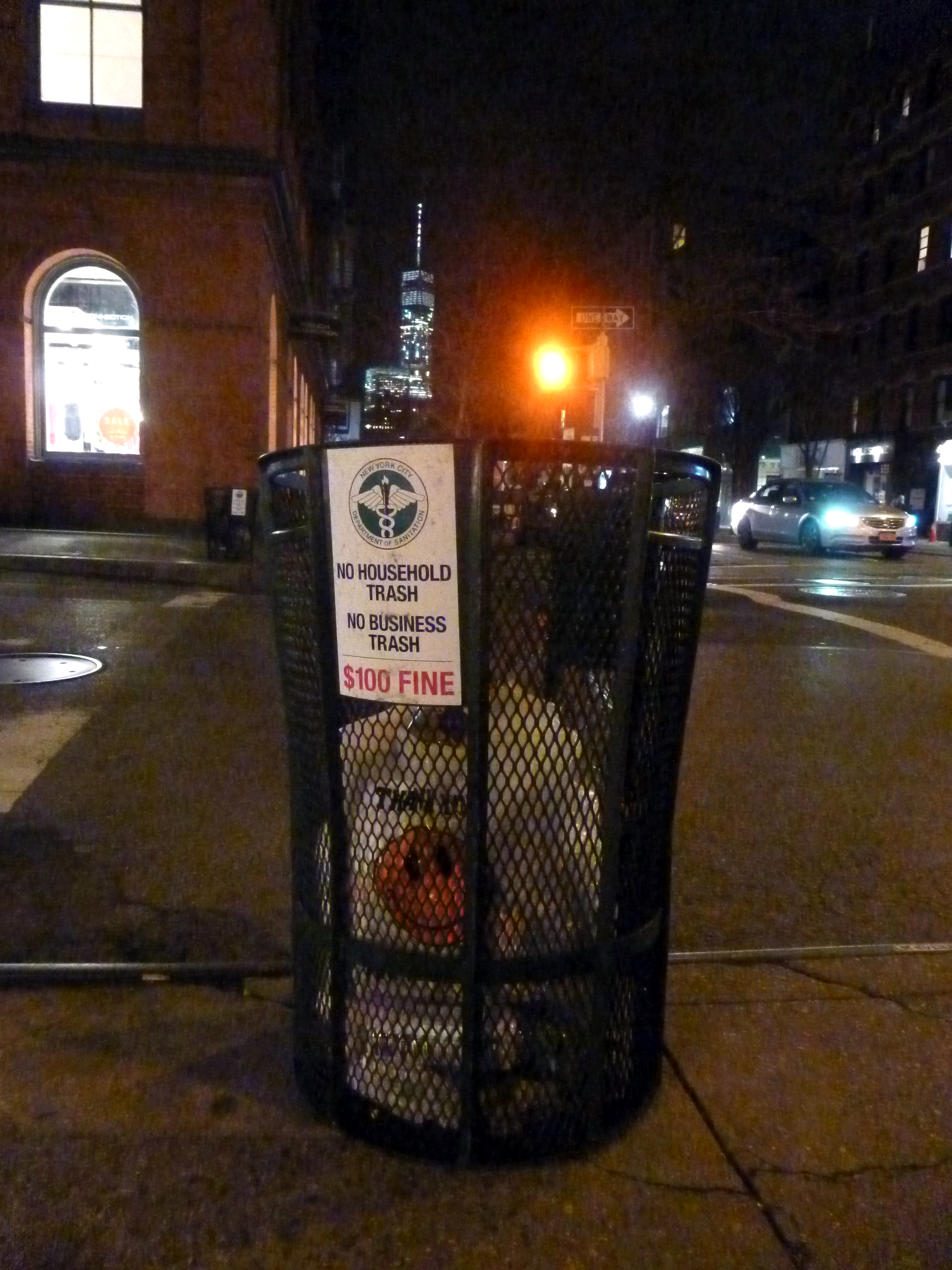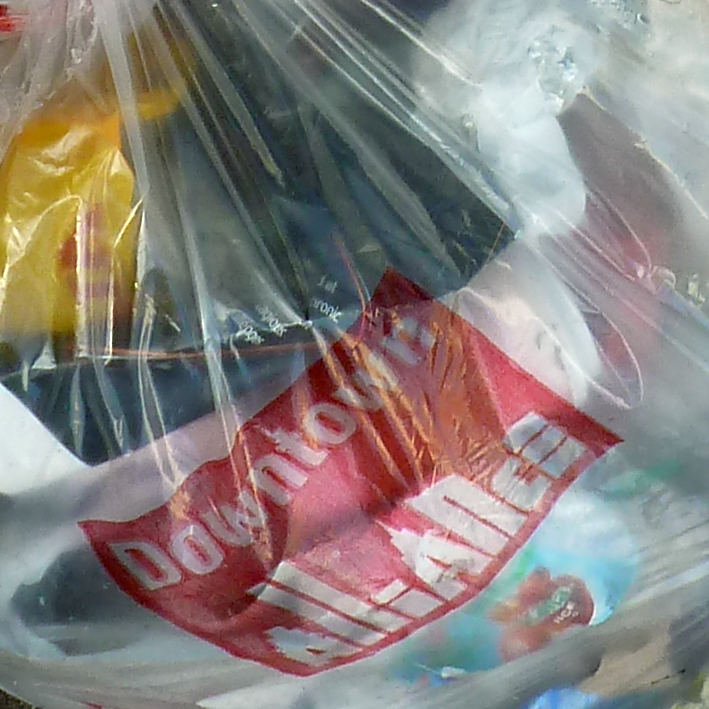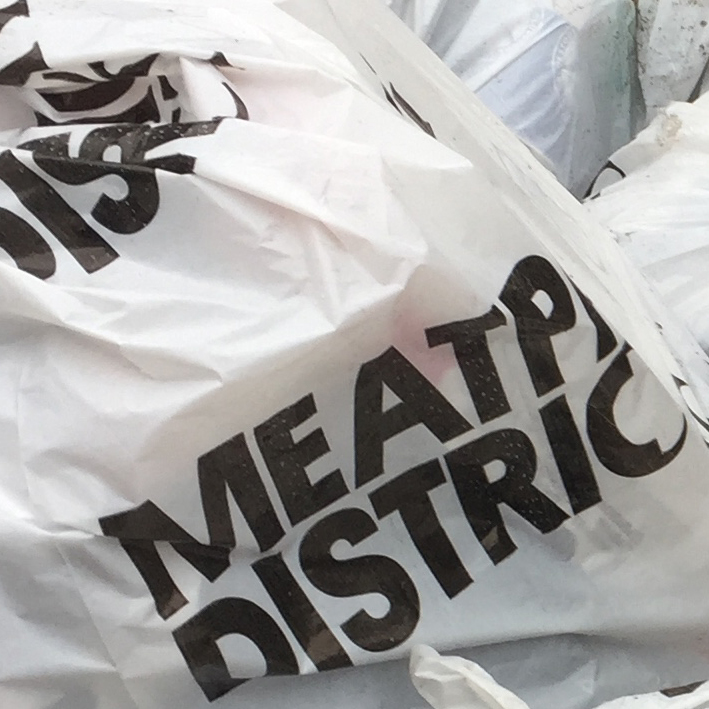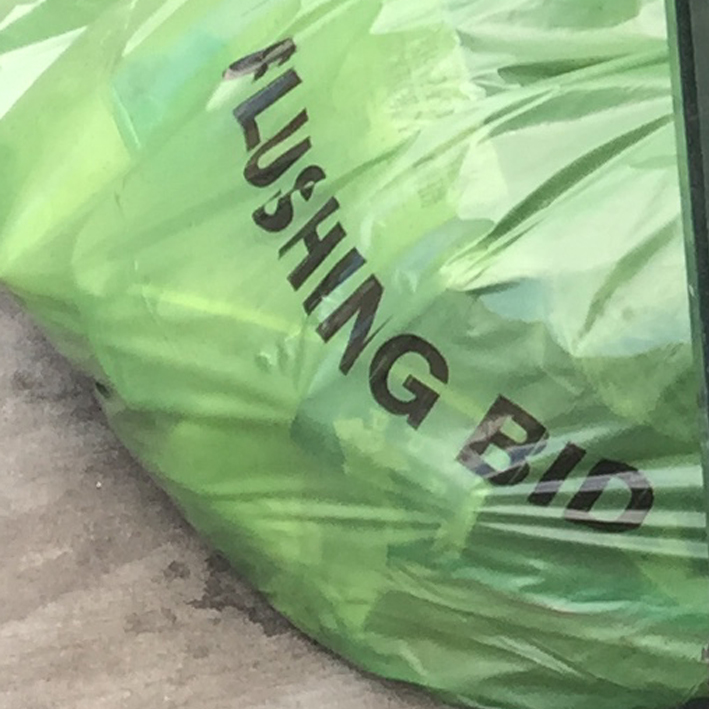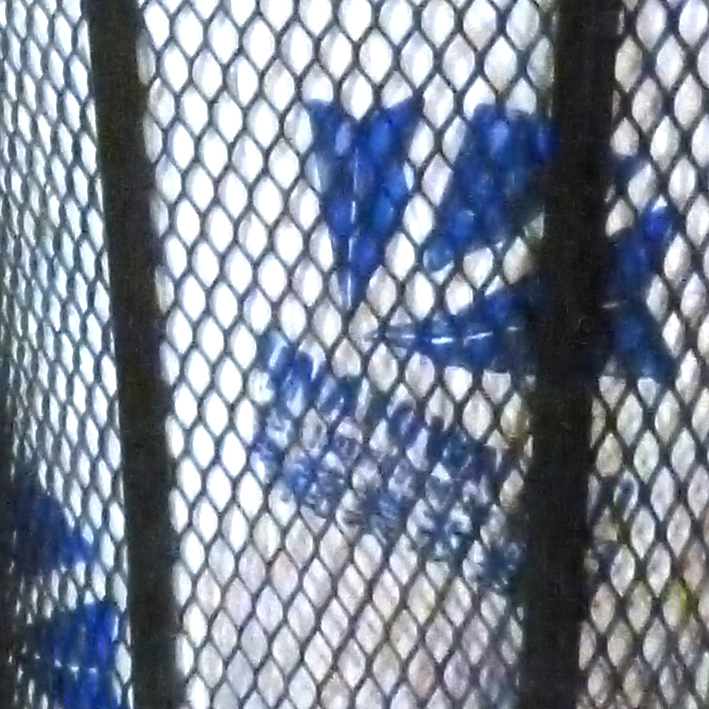Closet Archaeology, New York City.
Committee of Twenty on Street and Outdoor Cleanliness Archive, New York Academy of Medicine. New York City.
Dead Horse Bay, Brooklyn, New York City.
Howard Henderson Papers. John W. Hartman Center for Sales, Advertising and Marketing History. David M. Rubenstein Rare Book and Manuscript Library. Duke University, Durham, North Carolina.
LaGuardia and Wagner Archives, La Guardia Community College,
New York City.
Luce Collection, New-York Historical Society. New York City.
Municipal Women’s League. New York Historical Society Archives, New York City.
The Museum of Trash, New York City, October 2017.
New York Amsterdam News (1922-1993). New York Public Library, ProQuest Database.
New York Herald Tribune. New York Public Library, ProQuest Database.
New York Times, New York Public Library, ProQuest Database.
New York City Municipal Archives Library, New York City.
New York City Municipal Digital Archives, New York City Department of Records & Information Services, New York City. http://nycma.lunaimaging.com/luna/servlet/
New York City Streets.
New York Historical Newspapers, ProQuest Newspapers.
Office of Civil and Defense Mobilization. What to do now: Emergency Sanitation at Home, a Family Handbook. New York Historical Society Library.
Outdoor Cleanliness Association archive, Manuscript and Archive Division, The New York Public Library.
Pearce, David. “Refuse Disposal: storage and collection.” Official Architecture and Planning. Vol 31, No 3. Alexandrine Press. March 1968. 358-366.
Sayre, Wallace S. and Herbert Kaufman. Governing New York City. Russell Sage Foundation, New York: 1960.
Woman’s Municipal League. A collection of printed material pertaining to the Woman’s Municipal League of New York City. Main Collection. New York Historical Society Library. New York City.
“Cleaning Up.” 1950s. Courtesy of Lehman College, CUNY, Leonard Lief Library. Bronx Chamber of Commerce Collection. New York Heritage Digital Collections.
Department of Sanitation, City of New York. “Take it Away.” 1950.
DeLury, John. 98.9 WNYC FM, October 19, 1958.
Goldwyn, Samuel, producer. Street Scene, 1931. King Vidor, producer Samuel Goldwyn. Turner Classic Movies.
“Goodbye Mr. Germ.” 1940. DeFemes Studios, the National Tuberculosis Association. Internet Archive. https://archive.org/details/goodbye_mr_germ_1940
Hitchcock, Alfred, dir. North by Northwest. Hollywood:: Metro-Goldwyn-Mayer. 1959. Film. Cary Grant.
Fox Movietone News collection. Moving Image Research Collections Digital Video Repository. University of South Carolina University Libraries.
Keep America Beautiful Public Service Announcement. 1960s. https://www.youtube.com/watch?v=xmz9L681s5c
LeRoy, Mervyn, dir. The Heart of New York, 1932. Warner Bros.
Lester, Robie. “The Litterbug Song.” 1962. Disneyland LG-759.
Library of Congress Prints and Photographs Division, Washington, DC. www.loc.gov
“Life in the 30’s.” 1965. McGrow-Hill Films. Internet Archive. https://archive.org/details/lifeinthe30sreel1
Moving Image Research Collection, Digital Video Repository. University of South Carolina University Libraries. https://mirc.sc.edu/
“New York City Garbage Strike, Gov. Rockefeller Speaks Out.” Newsclip. 1968. https://www.youtube.com/watch?v=YTZ0Yn1sXws
The NYPR Archive Collections, “Paul Screvane,” 98.9 WNYC FM, New York, June 01, 1958. http://www.wnyc.org/story/72184-paul-screvane/
The NYPR Archive Collections, “Mayor Lindsay Keep NYC Clean,” WNYC New York. August 23, 1966. http://www.wnyc.org/story/mayor-lindsay-keep-nyc-clean/
The New York Transit Museum Exhibitions. 2016. New York City.
Nigh, William, dir. Streets of New York, 1939; Monogram Pictures.
Photograph of Street Sweeper; United States. Office of War Information / Museum of the City of New York. 90.28.14
Saks, Gene, dir. Barefoot in the Park, 1967; Paramount Pictures, 1999. DVD.
Schatzberg, Jerry, dir. Panic in the Needle Park, 1969. Al Pacino. 20th Century Fox, 2007. DVD.
Spaces to Live In, 1975. National Instructional Television Center, Bloomington Illinois. Internet Archive. https://archive.org/details/SpacestoLiveIn
Wilder, Billy, dir. The Lost Weekend, 1945; Universal Pictures, 2001. DVD.
Candy Wrapper Archive. 2013. Web. www.candywrapperarchive.com
Center for Urban Research at the CUNY Graduate Center and The Gotham Center for New York History. “1940s New York.” 2018. http://www.1940snewyork.com/
Closet Archaeology. 2018. www.instagram.com/closetarchaeology
Corcraft, Expanded Metal Wastebasket, early 1980s, metal. New-York Historical Society, New York City. http://www.nyhistory.org/exhibit/expanded-metal-wastebasket
Department of Sanitation, City of New York. “Archives.” Photo Album. Flicker. DSNY photos https://www.flickr.com/photos/nycsanitation/sets/72157631534830443
——— The Official Website of the City of New York. 2018. Web. http://www1.nyc.gov/apps/311srmap/
Disposable America. University of Delaware, 2014. http://Disposableamerica.org
Historical Brooklyn Photographs. Brooklyn Public Library Digital Collections. https://www.bklynlibrary.org/brooklyncollection
Hugh Moore Dixie Cup Company Collection, Special Collections & College Archives, Skillman Library, Lafayette College.
La Guardia and Wagner Archive. La Guardia Community College Library. Web. http://www.laguardiawagnerarchive.lagcc.cuny.edu/LAG_ARC_MAIN.aspx
Liboiron, Max. “A History of New York City’s Solid Waste Management in Photographs.” October 13, 2013. Discard Studies.
“Lively Louie The Talking Litter Box” Daily Reflector Negative Collection (#741), East Carolina Manuscript Collection, J. Y. Joyner Library, East Carolina University, Greenville, North Carolina, USA.
Leonard College Library, CUNY. Digital Metro New York, 2018. http://nyheritage.nnyln.net/digital/collection/lc/id/297/rec/1
Lucky Strike Advertising. 2017. Flicker.com
The Moist Towelette Online Museum. http://moisttowelettemuseum.com/
MCNY Digital Collections Portal, 2018. Museum of the City of New York, New York City. https://collections.mcny.org/C.aspx?VP3=CMS3&VF=Home
New York City Municipal Digital Archives, New York City Department of Records & Information Services, New York City. http://nycma.lunaimaging.com/luna/servlet/
New York Department of Sanitation Museum Project, New York University. Web. https://archive.nyu.edu/handle/2451/23350
New York Heritage Digital Collections, 2017. Empire State Library Network. Web. https://nyheritage.org/about
NYS Historic Newspapers. Northern New York Library Network. https://nyshistoricnewspapers.org/about/
Photographic Views of New York City, 1870’s-1970’s, from the Collection of the New York Public Library. New York Public Library Digital Collections. https://digitalcollections.nypl.org/collections/photographic-views-of-new-york-city-1870s-1970s-from-the-collections-of-the-ne-2#/
Photo Archive: NYC Parks. The City of New York. 2018. https://www.nycgovparks.org/about/photo-archive
OldNYC. 2018, New York Public Library. Web. oldnyc.org
Society for Historical Archaeology. The Society for Historical Archaeology, 2015-2018. Web. https://sha.org/
Thompson, Emily. “The Roaring ‘Twenties: an interactive exploration of the historical soundscapes of New York City.” Vectors. 2013. http://vectorsdev.usc.edu/NYCsound/777b.html
What Was There. Enlighten Ventures, 2012. Web. whatwasthere.org.
Urban Remains. 2018. www.urbanremainschicago.com
Voytko, Eric. “Classic Refuse Trucks.” 2016. Website. http://www.classicrefusetrucks.com/
“20 New Education Films Available Through 4-County Library System.” Norwich Evening Sun (Norwich, New York), Dec. 26. 1963.
The American City. New York: 1909-1975. Michigan University Microfilms International, microfilm reel.
American Public Works Association. Modern Street Cleaning Practice. Chicago: Public Administration Service, 1941. 1st edition.
——— Modern Street Cleaning Practice. Chicago: Public Administration Service, 1966. 3rd edition.
——— Refuse Collection Practice. Chicago: Public Administration Service, 1966.
——— Refuse Materials: Classification of Refuse Materials, Definitions, Characteristics, and Quantities Produced. Chicago: Public Administration Service, 1940.
Annual Report, 2017. Department of Sanitation, City of New York. 2017.
“The Answer to Where City’s Litter Comes From.” New York Herald Tribune, June 24 1957. ProQuest Historical Newspapers. New York Amsterdam News.
Baumeister, Reinhard. The Cleaning and Sewerage of Cities. New York: Engineering News Publishing Co., 1895.
Bellow, Saul. Seize the Day. New York City: Viking Press, 1958.
Bolduan, Charles F. “A Guide to some of the Hygienic Features of New York City.” New York: Department of Health of the City of New York, 1914.
Citizens Committee to Keep New York City Clean, Inc. “Citywide Survey – Summer, 1957.” New York Public Library, Science Business and Industry Branch. New York City.
——— Annual Report of the Citizens Committee to Keep New York City Clean, Inc. 1955-1969.
Clean City, USA: A Record of the Activities of Young & Rubicam as Volunteer Advertising Agency for Citizens Committee to Keep New York City Clean, Inc. May 1955-July 1959.
Cremin, Lawrence A. The Transformation of the School: Progressivism in American Education. New York: Alfred A. Knopf, 1961.
Department of Parks, City of New York. Annual Report. 1916. Stanford University Libraries, Google Books.
Department of Sanitation, the City of New York. Annual Report. 1930-1955. NYC Municipal Archives Library.
Griscom, John Hoskins. The Sanitary Condition of the Laboring Population of New York. New York: Harper & Brothers, 1845. https://archive.org/stream/sanitaryconditi00grisgoog#page/n3/mode/2up
Goldstein, Jerome. Garbage as You Like It. New York City: Rodale Books, 1969.
Hennessy, Joseph P. Annual Report of the Department of Parks Department of Parks, Borough of the Bronx. New York: Herald Square Press, 1922.
Jaffe, Rona. The Best of Everything. New York City: Simon & Schuster, 1958
Kazin, Alfred. A Walker in the City. New York City: Houghton Mifflin Harcourt, 1952.
Monthly Record of Current Educational Practices. April 1913. Washington DC: Government Printing Office, 1913.
Municipal Sanitation. Volumes 1-11. New York: Case-Shepperd Mann Publishing Corporation. 1930-1940.
National League of Cities United States Conference of Mayors. “A Report of the National League of Cities and the US Conference of Mayors Solid Waste Management Task Force.” March 1973.
Pearce, David. “Refuse Disposal: storage and collection.” Official Architecture and Planning. Vol 31, No 3. Alexandrine Press. March 1968. 358-366.
“Public Trash Receptacles.” Talk by Mr. Richard Fenton, Assistant to Director of Operations, 4th Annual Conference of the Keep America Beautiful National Advisory Council, November 14, 1957.
Rybczynski, Witold. “We Are What We Throw Away.” The New York Times (New York City), July 05, 1992.
Sayre, Wallace S. and Herbert Kaufman. Governing New York City. Russell Sage Foundation, New York: 1960.
Soper, George A. Further studies of European methods of street cleaning and refuse disposal, with suggestions for New York. October, 1930.
——— Modern Methods of Street Cleaning. New York: The Engineering News Publishing Company, 1909.
——— Street Cleaning and Refuse Collection and Disposal in European Cities with Suggestions Applicable to New York. New York Academy of Medicine: 1929.
Stetson, Damon. “GARBAGE STRIKE IS ENDED ON ROCKEFELLER’S TERMS.” New York Times (New York Times), Feb 11, 1968.
Waring, George. Street-Cleaning and the Disposal of a City’s Waste. New York: Doubleday & McClure Co., 1898.
Whalen, Richard. “A City Destroying Itself.” Fortune Magazine. September 1964.
